TAG Precision—American-made RMR Plate for Kimber
For users of optics-ready Kimber 1911 and 2K11 pistols, TAG Precision has announced…
For users of optics-ready Kimber 1911 and 2K11 pistols, TAG Precision has announced…
Fountain Valley, CA—SureFire, LLC, manufacturer of the world’s finest—and most innovative—illumination tools and…
Shinenyx—creators of a cutting-edge fusion of digital night vision and thermal imaging technology—has…
All shooting is a balance between speed and precision. By that I mean you can…
The Mod-Navy Qual I’ve been doing this qual (or drill, or whatever the current nom…
• Built for road trips and off-road use• Manual transmission equipped• Wrapped in MultiCam Arctic…
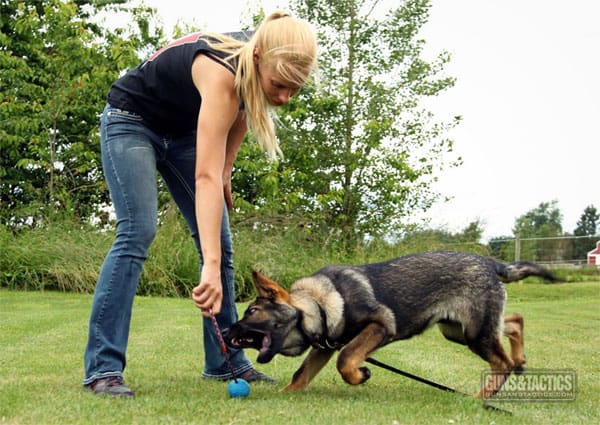
Creating a family protection dog requires a blend of environment, breeding, and training. In this article, Doug explores the process Kraftwerk K9 uses to ensure their dogs are reliable, predictable, and trustworthy.

When I first drove up to the Kraftwerk K9 facility I was greeted by a closed gate. On it hung a phone number, and beyond it stood two imposing German Shepherds who communicated clearly that they knew I was a stranger. They weren’t vicious or particularly aggressive, but they exuded a certain “standing-their-ground” confidence and presence that convinced me I would never want to jump one of these fences. As I would come to learn during my visit, these traits are a characteristic of every Kraftwerk dog.
Much of the difference between a Kraftwerk dog and a typical German Shepherd comes from careful breeding. These are incredibly beautiful animals, but their breeding has nothing to do with appearance. Rather, Kraftwerk’s breeding program is structured around these 3 specific areas: health and “hardness,” courage and drive, and temperament and intelligence. None of these dogs are “show dogs” and they would likely never win an AKC award for their appearance. What they would do, however, is outperform any best-of-breed dogs in strength, health, and training… and, when it comes to protecting my family, I’ll take a strong and well-tempered dog over a “perfect breed-standard” every time. Think of it as a shotgun – a finely engraved Browning Citori Lightning is a beautiful firearm… but when something goes bump in the night you’re probably going to reach for your Remington 870.
“The foundation of courage, hardness, and fight-drive have to come from breeding. Even the best handlers can’t train that into a dog.”
The breed lines Kraftwerk uses are considered “working lines.” The dogs are bred to function in the way they will be used. The training team at Kraftwerk start with puppies that are easy to handle, smart, strong, and that demonstrate the ability to handle stress in unfamiliar environments. These characteristics result in a dog which performs with “home field advantage” no matter where you go. My personal experience with a Kraftwerk dog in my own home is that this general overall stability is what makes them such great family pets – they’re not bothered by guests, children, other pets, or any of the other things that can startle or cause anxiety for other animals.
 The Kraftwerk facility is developed on what used to be a Christmas tree farm. The facility is beautiful with mountain views, large grassy areas surrounded by noble fir trees, and kennels among the trees. During my tour I couldn’t help but notice the adorable puppies in the spacious kennels and the unique design of the kennels themselves. Each kennel has a ring of cement around the outside, fresh pine chips in the middle, a ventilated shelter, and trees growing in the center having been pardoned from their fate of becoming a holiday tradition. The kennels are specifically designed to aid in house-training the puppies as well as encourage them to pay attention to the perimeter of a structure. They’re the nicest kennels I’ve ever seen and it’s clear they take excellent care with their dogs.
The Kraftwerk facility is developed on what used to be a Christmas tree farm. The facility is beautiful with mountain views, large grassy areas surrounded by noble fir trees, and kennels among the trees. During my tour I couldn’t help but notice the adorable puppies in the spacious kennels and the unique design of the kennels themselves. Each kennel has a ring of cement around the outside, fresh pine chips in the middle, a ventilated shelter, and trees growing in the center having been pardoned from their fate of becoming a holiday tradition. The kennels are specifically designed to aid in house-training the puppies as well as encourage them to pay attention to the perimeter of a structure. They’re the nicest kennels I’ve ever seen and it’s clear they take excellent care with their dogs.
When not training in one of the fields or agility courses the dogs are training in urban, home, and office environments. The Kraftwerk facility has several training areas that include things like loud noises, flashing lights, and a variety of flooring types. The facility is also located near a popular outlet mall where the dogs are taken to work while surrounded by lots of strangers, chaos, and others “stressors.”
All dogs work for food, and that’s exactly how the training starts with the puppies. Mornings are spent with the puppies while they’re hungry which allows handlers to quickly establish desired behaviors. As the puppy does the desired behavior they are rewarded and this process is repeated hundreds of times to reinforce the behavior. Following the formal training time there is always a play time as a reward and then they are served their breakfast back in the kennel. As the puppy grows the food-reward is replaced solely by the play-reward.
Play is a critical component of the dog’s desire to work. The play-drive goes back to the breeding and is what motivates the dog to work for the handler. Typically the dogs want something to chase and play tug with as this taps into their predator-drive. The dog will eventually enjoy the work as much as the play, but the chasing of a ball or Frisbee is an important ritual to do at the end of every work-session.
 As the dog grows the training moves from obedience to protection. This starts with having the puppies play with something that resembles the bite-sleeve. Once this process has been repeated hundreds of times the training will migrate to an actual sleeve and the sleeve becomes the toy and the greatest reward comes when the dog takes the sleeve and carries it away. At this point the Schutzhund sport process begins which teaches the dog things like when to bite, when to release, and when to return to the handler.
As the dog grows the training moves from obedience to protection. This starts with having the puppies play with something that resembles the bite-sleeve. Once this process has been repeated hundreds of times the training will migrate to an actual sleeve and the sleeve becomes the toy and the greatest reward comes when the dog takes the sleeve and carries it away. At this point the Schutzhund sport process begins which teaches the dog things like when to bite, when to release, and when to return to the handler.
Once the dog has thoroughly learned the initial sleeve work, the handlers then begin to teach the dog to focus on the threat instead of the sleeve. This is accomplished by using multiple sleeves and having a new sleeve on as soon as the dog takes the prior one. The dog will transition from focusing on the sleeve to focusing on where the action is which ultimately brings the dog to learn to focus on the threat(s).
One common question new families ask is how much they will need to continue the training to ensure the dog doesn’t forget. The short answer is that the dog will never forget but, of course, the more practice the dog gets the better the dog will perform. The better answer is to incorporate the whole family into the training. The Kraftwerk team ensures all their families receive the training they need to handle the dog correctly and they’re always just a phone call or email away to answer questions. Incorporating the family into working the dog not only strengthens the bond between them and the dog but it’s also just plain fun! The final (optional) training with the dog needs to be done with the family anyway.
One option families with young children particularly enjoy is teaching the dog to locate the children. With the play-drive already in the dog this is accomplished relatively easily and the benefit to the family one day could be immeasurable. To teach the dog to locate the kids, the kids first show the toy to the dog and then walk off and hide somewhere. When the dog finds them, they throw the toy to the dog and the play begins. This is repeated over and over, with an increasing level of difficulty, eventually resulting in the dog being able to track the child simply by asking it to. Obviously, in addition to being a game both the children and the dog love to play, this could be invaluable skill one day if it is needed.
It was amazing to learn the amount of effort and attention that goes into every Kraftwerk dog and I was impressed at the investment every member of the Kraftwerk team puts into them. The obedience and protection work seem almost effortless for these dogs which is a testament to the trainers’ talent. From the process that goes into developing the dogs to the effort they put into choosing a dog that best fits the family, it’s easy to see how passionate the Kraftwerk team is about their work and the customers they serve.
Read Also…
Part I | Kraftwerk K9: Family Protection Dogs…
Part II | Kraftwerk K9: Concealment in Plain Sight
Doug has a diverse background, both professionally and privately, in firearms, self-defense, and tactics… but most importantly, he’s a parent. He writes from the unique perspective of someone whose life involves combining concealment clothing, tactics training, and “everyday carry gear,” with car seats, exploding diapers, and questions like “why did you paint the dog with yogurt?” In our Tactical Parent series, Doug shares his perspective on gear, tricks and tips, defensive tactics, and best practices for parents who take an active role in protecting their family. As an Amazon Associate, I earn from qualifying purchases.
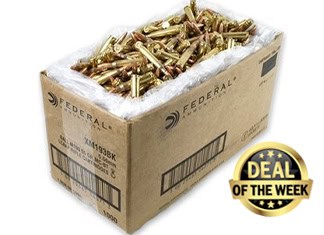
This week’s deal takes us back to Palmetto State Armory and another fantastic deal on ammunition. Hit the range, shoot and train. Never enough.
Northwest Injustice Updates The FBI Trickles Out Some Video from Oregon Via WeaponsMan This is coming out selectively, and at a pace that indicates that they are basically…
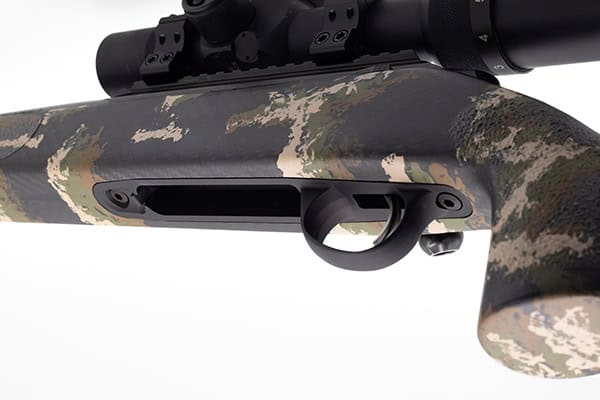
Manufacture of fine firearms and accessories, Mesa Precision Arms announces the release of their Tikka T3 / T3x aluminum bottom metal.
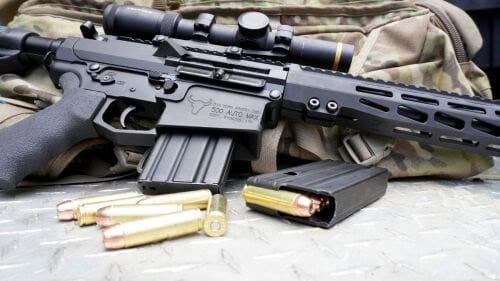
Big Horn Armory (BHA), makers of big-bore firearms, is pleased to announce a special, limited-time “AR500 Starter Kit” offer.
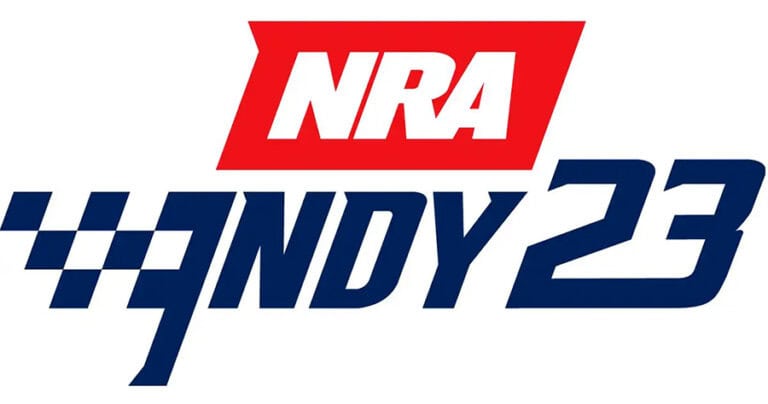
Guns and Tactics is at the annual NRA Convention 2023 edition from Indianapolis, Indiana. Check out all our coverage from the floor.
[dcs_img_right framed=”black” w=”224″ h=”89″] http://gunsandtactics.wpengine.com/wp-content/uploads/2012/02/caracal_logo.jpg [/dcs_img_right] Marikina, Philippines (gunsandtactics.com) – Team Caracal’s “JJ” Racaza claimed a first place win in the International Production class at the 12th Demetrio…
© 2025 UN12 Magazine
© 2025 UN12 Magazine
Wait! Don’t forget to